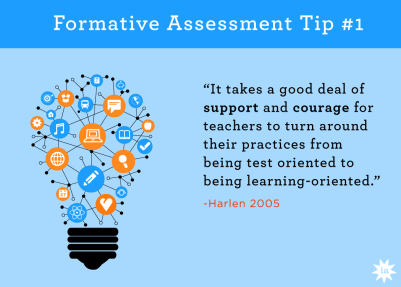The first part of internship that I think is important to reflect on is collaboration. My partner during pre-internship definitely grounded on me and helped me through times of challenge. I think the reason that I found collaboration particularly important, other than the obvious reason of teamwork, is because our cooperating teacher did not tell us what we were going to be teacher until the night before. I found that challenging because I tend to get stressed out when I am under pressure. My partner and I were lucky enough to both be teaching grade nine students in different periods. While we were not teaching the class together, both classes were learning the same material and so we were able to plan our lessons together. I know that this is not always going to be the situation, but it showed me that it is possible for great lessons to be planned in a short amount of time. I constantly went home from the school stressed out and worried, but always showed up to the school the following morning prepared and organized.
While it was frustrating being put under this enormous amount of pressure, it pushed me out of my comfort zone and make me realize that I need to be flexible. I think this was good practice for my internship. I truly hope that I am going to be given more time to plan lessons and units for my classes, but at the same time I now know that it is possible for me to work under pressure and create wonderful lessons.
I actually got the opportunity to grow as a teacher while watching my partner teacher. I taught period one and my partner taught period two. Since we planned our lessons together, we basically used the same approached and techniques in the classroom. After teaching I would sit at the back of the classroom and watch my partner teach the same lesson. It was interesting for me to see the adaptations she could make in the lesson just by watching me teach it prior to her class. It was a great learning opportunity because I got to see the lesson evolve and shift from when I had taught it just the hour before. Also, it was interesting to see how the same lesson can have different effects on the students. For the most part the students were engaged in both classes, but in period two the students were a little more rowdy than the class before leading to more classroom management needing to be implemented.
I had been working of a novel study with the students for the majority of the time that I was there. The students were studying multiple themes that were present in the novel, one being teamwork. I constantly got to tell me students that we were working on assignments as a team and needed to build relationships in order to have great success with one another. I know that it sounds extremely cheesy, and the students definitely gave me an eye roll or two, but this is definitely something that has stuck with me from my pre-internship- teamwork.
